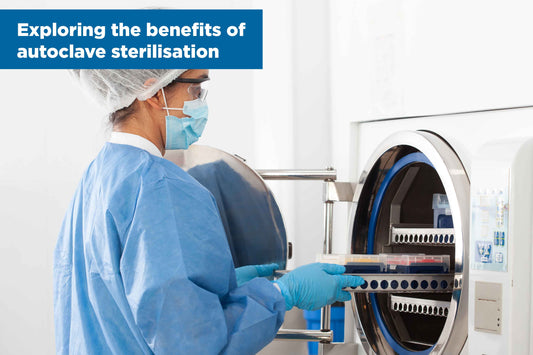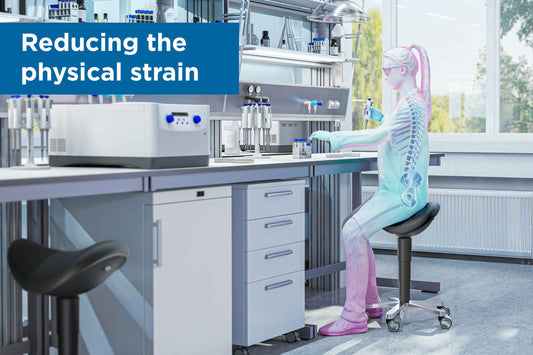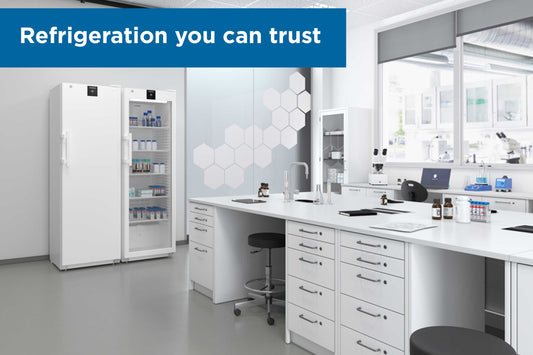Staying on top of hygiene standards is not only imperative to keep your business running but can also have serious health implications for your customers should anything slip through the net. By keeping your business audit ready every day, you can rest in the knowledge that everything is above board and safe with clear evidence of your cleaning processes easily accessible for any audits that occur.
We provide our top tips below to make keeping on top of hygiene (and remaining compliant) a seamless part of your company’s daily processes:
1.People first
There’s a reason why we say the phrase “human error”. No matter how much your factory relies on automated cleaning systems, your staff will also have a huge role to play in keeping your company compliant with the current hygiene regulations. We recommend a daily hygiene meeting to keep communication channels open as well as giving ample opportunity for any potential risks to be raised. This will also help create a focussed plan of action with all parties affected present and actively involved.
Build a positive food safety culture by establishing a strong leadership team who can set a high precedent for food hygiene practices as well as monitor and enforce processes across the workforce. By leading by example, staff have a standard to aspire to. This culture can be strengthened with regular training which keeps regulations and processes firmly in everyone’s minds.
2.Supervision
Cleaning processes must always be actively monitored with all production employees understanding that hygiene is a fundamental part of their roles. An emphasis should be made on staying compliant to new regulations with hygiene systems followed to the letter.
The health and safety manager plays a crucial role in maintaining this focus. They must be constantly vigilant and present, setting a clear example for all team members. This will ensure that a high precedent is set and enforced.

3.Standard Operating Procedures (SOP)
To be able to effectively monitor the cleaning regime, each piece of equipment or furniture must have its own in-depth cleaning SOP. These will not only help you keep staff accountable, but also provide you with documentation to keep your business audit ready every day.
4.Monitoring
Without monitoring your standard operating procedures, the results of your cleaning processes are meaningless. Regular swab testing is the first alert to a potential hygiene risk. After all, cleaning is being done to minimise risk from bacteria and swab testing provides the proof that the regime is fit for purpose. Swabs should be taken at the riskiest point in your factory layout, such as hidden corners or ledges , which are the hardest areas of furniture to clean.
The BRCGS clause 4.6.2 has held a microscope to current furniture standards and what used to be compliant under issue eight may no longer be acceptable. Equipment which has been in service for 5 years or more may have unacceptable welds, dirt traps and surface corrosion making second-hand furniture an unwise investment.
Remember - it’s far better to lose an hour of production for an extra deep clean than to lose two days to an external audit. An outbreak of listeria has been known to lead to a factory being torn down because it was impossible to properly eliminate.
5.Data collection
Did you know that the time production staff spend on hand washing is less on a night shift? The installation of infrared taps can collect data to show how much water is used each time someone washes their hands. This data can then be carefully monitored alongside the amount of hand sanitiser being used each shift. Based on the number of people working, are your levels going down at the appropriate rate? Similarly, by recording the number of gloves being used, you can establish whether your staff are following proper hygiene procedures. By recording this data, you can ensure that staff are keeping hygiene as their primary focus.

6.Record keeping
For records to be effective, they must detail all work carried out, by who and for how long. Even if the machinery keeps its own cleaning record, how do you know it has been done effectively? A high standard of cleaning can be maintained via the use of regular spot checks, both during and after the cleaning process, with contamination sprays also available to help flag any areas that require attention.
Whilst production is important for food processing, a robust hygienic culture should always be the top priority. This is ensured through the implementation of a designated hygiene team who can make cleaning processes their sole focus rather than leaving the production team responsible. Audits are always around the corner and, by following these tips, we hope to keep your cleaning process effective and compliant.
Contact Teknomek today on +44 (0)1603 788 833 to discuss how our innovative furniture can make the cleaning process that much smoother.




